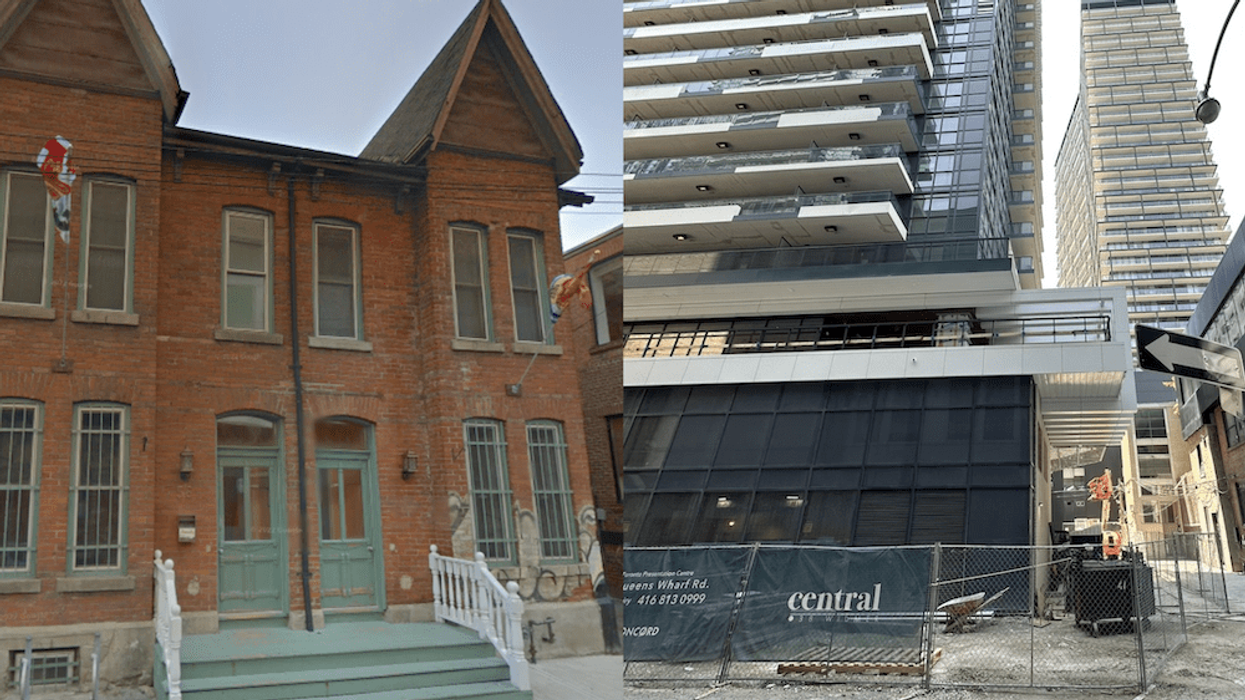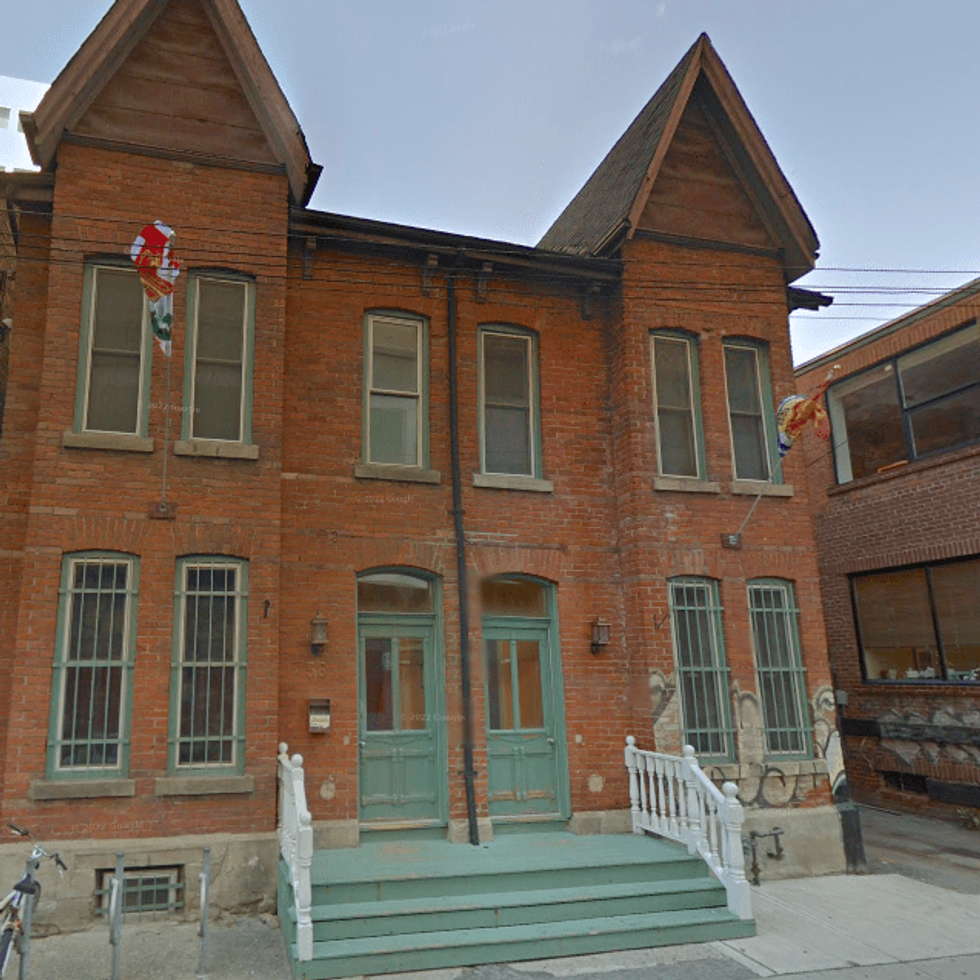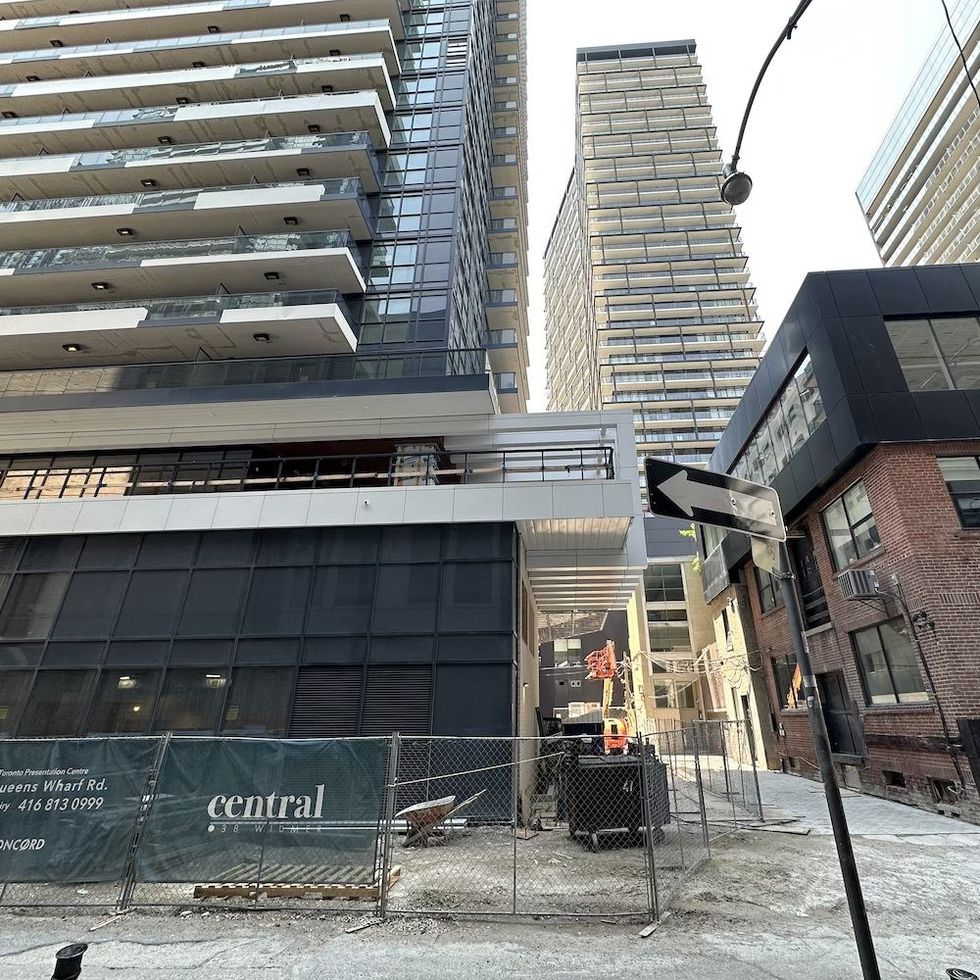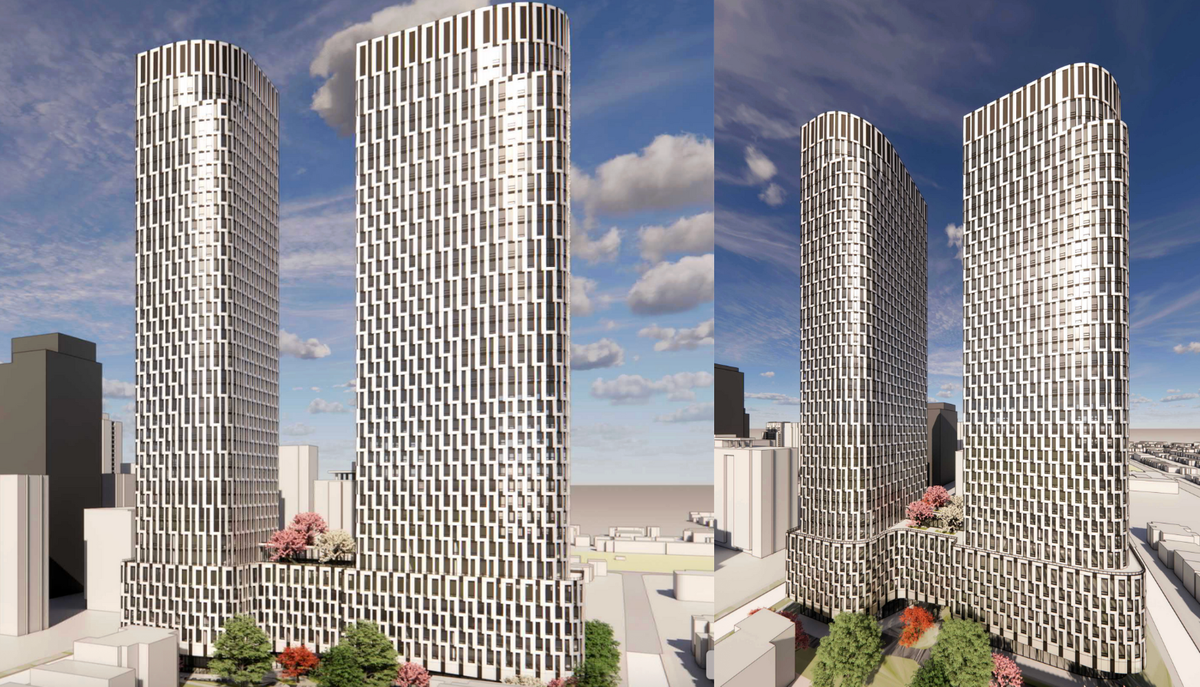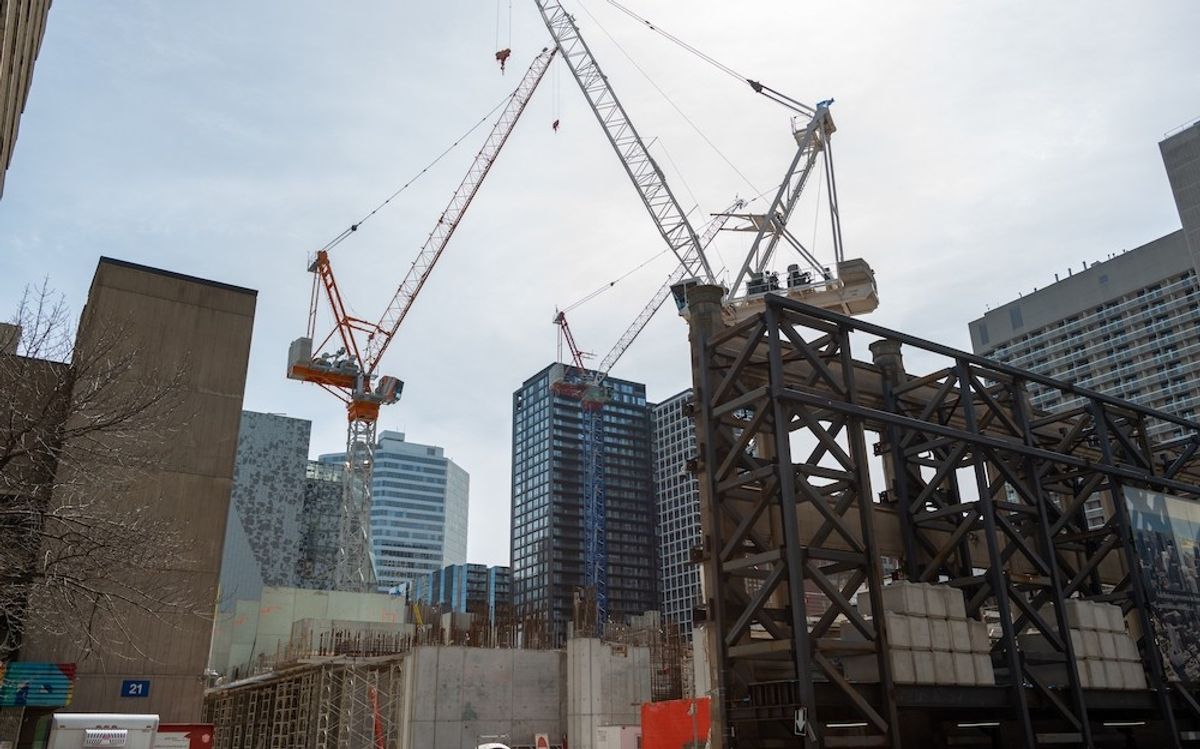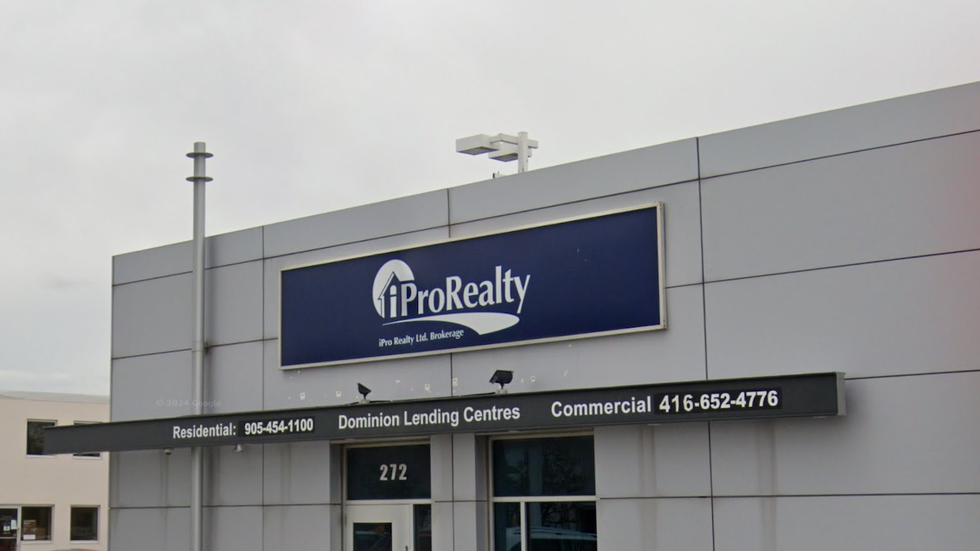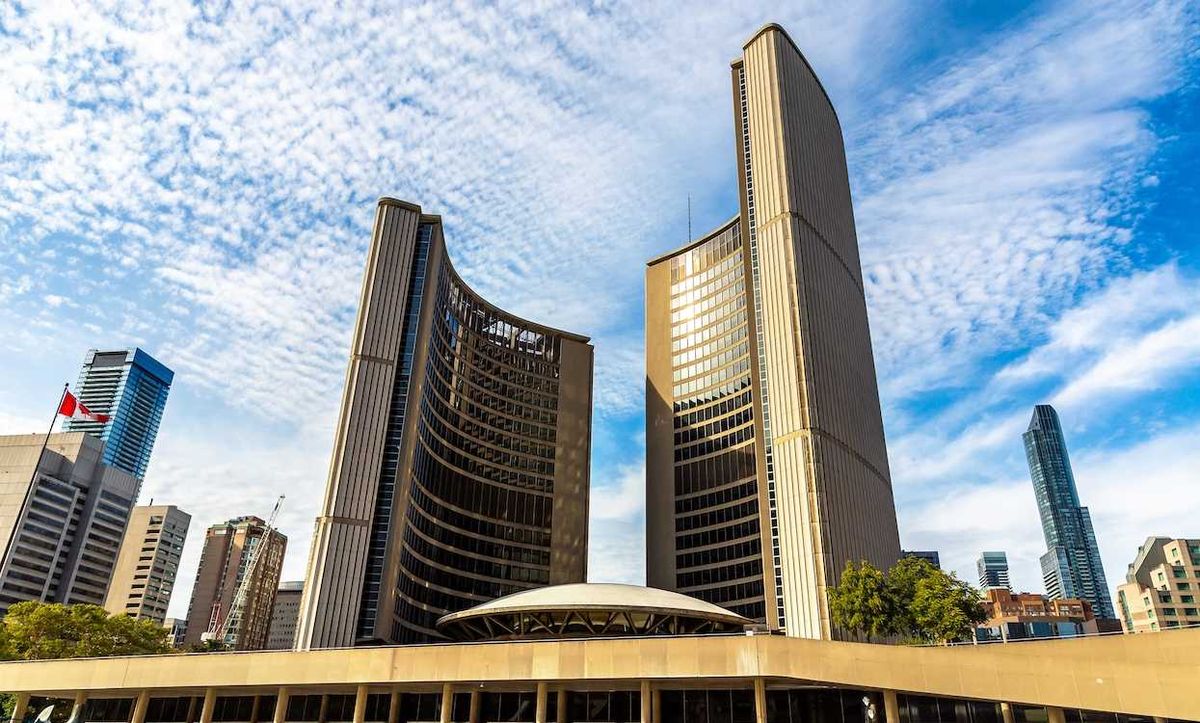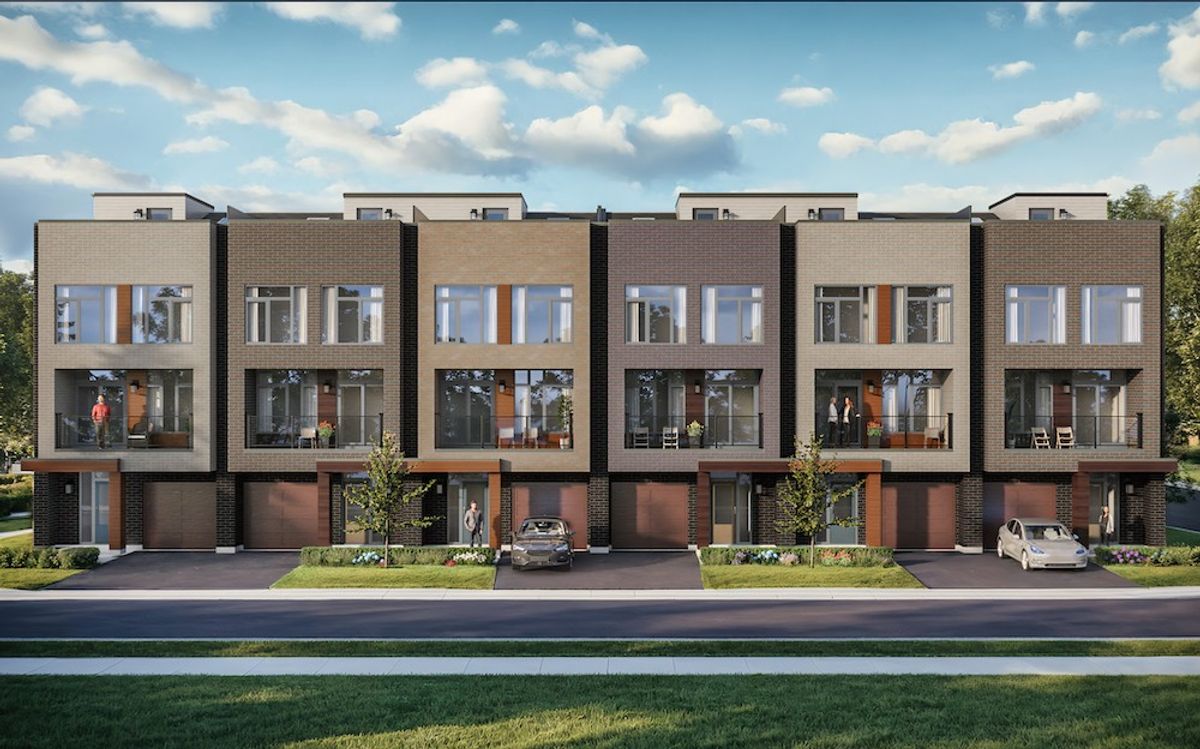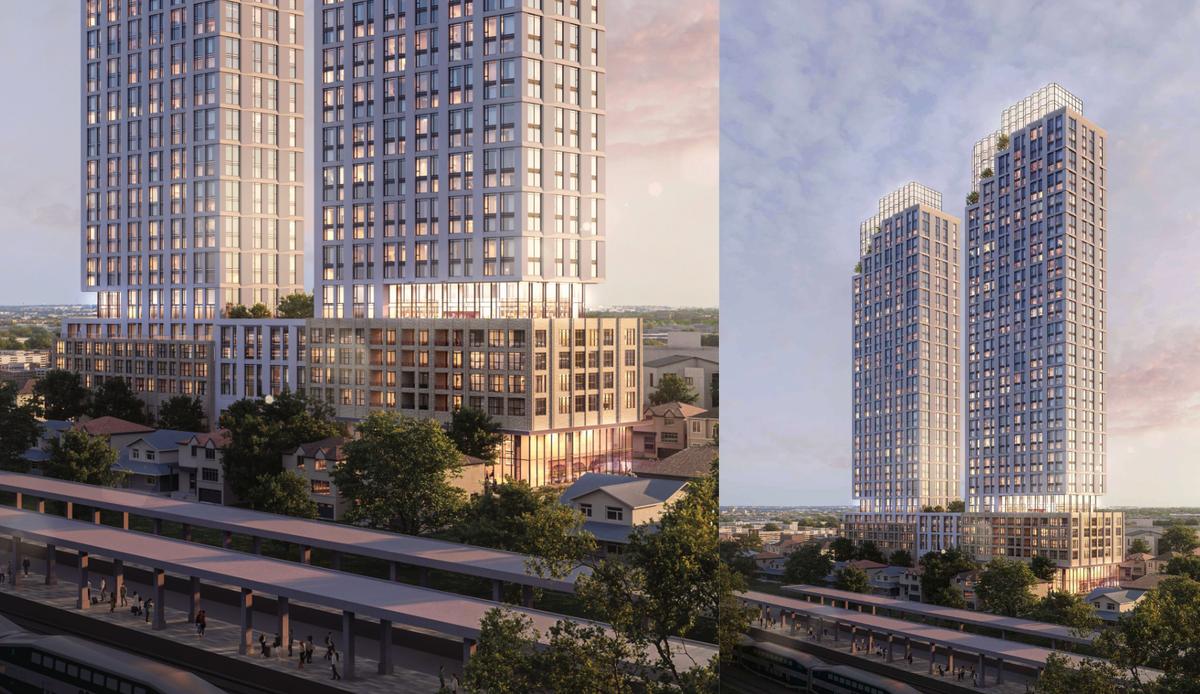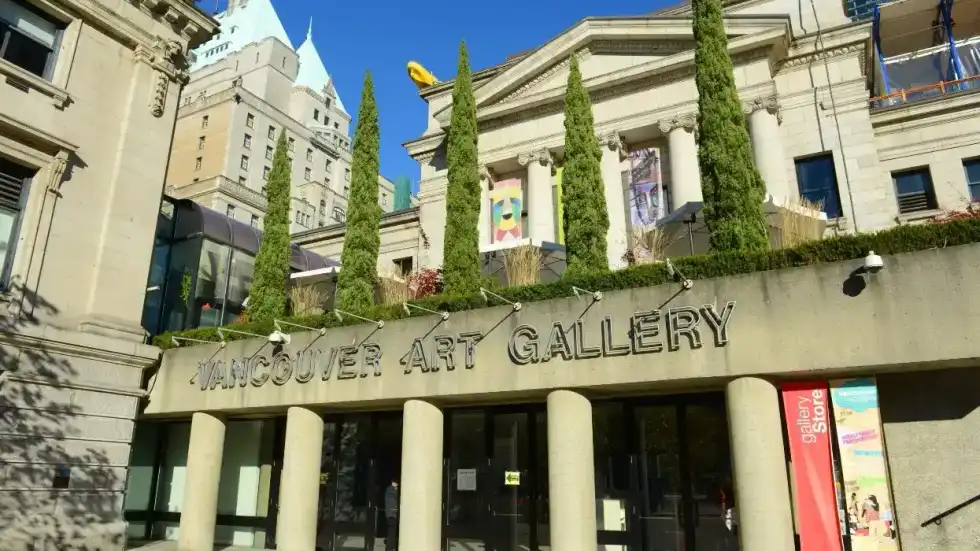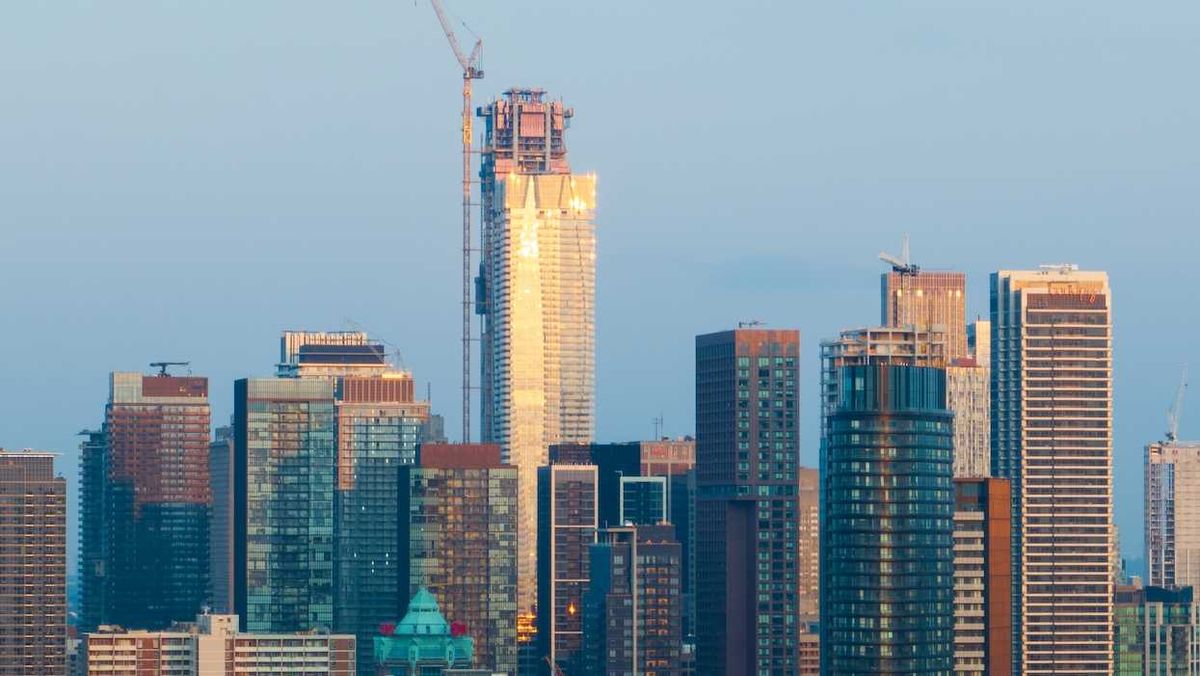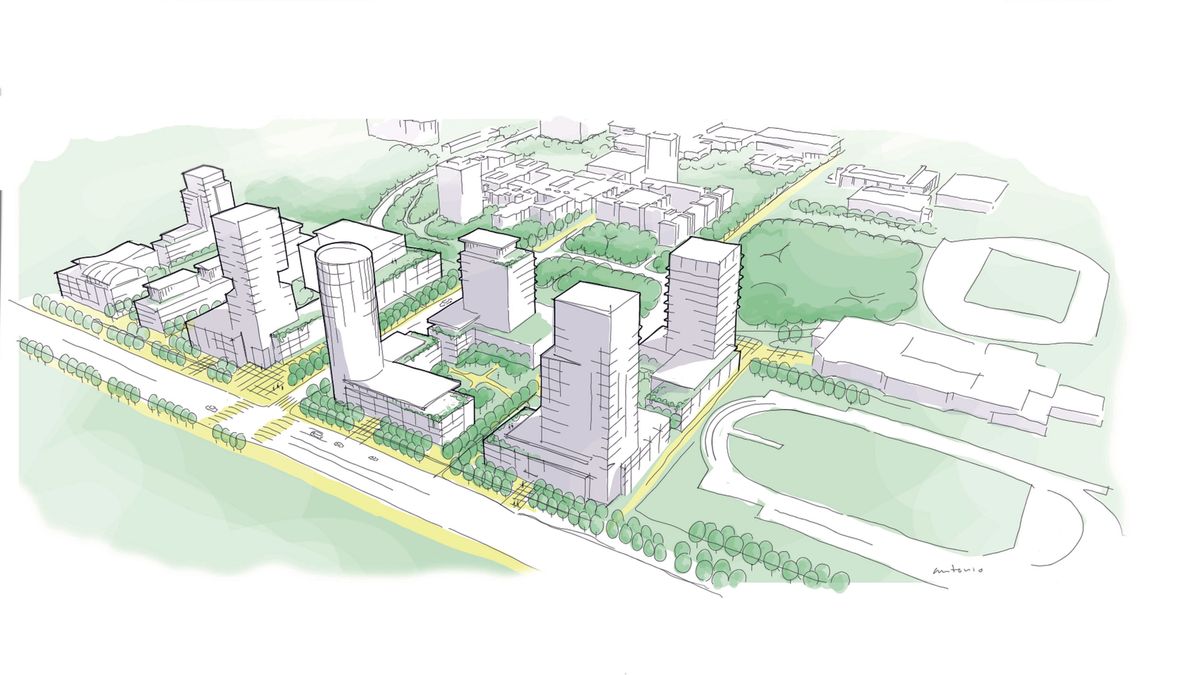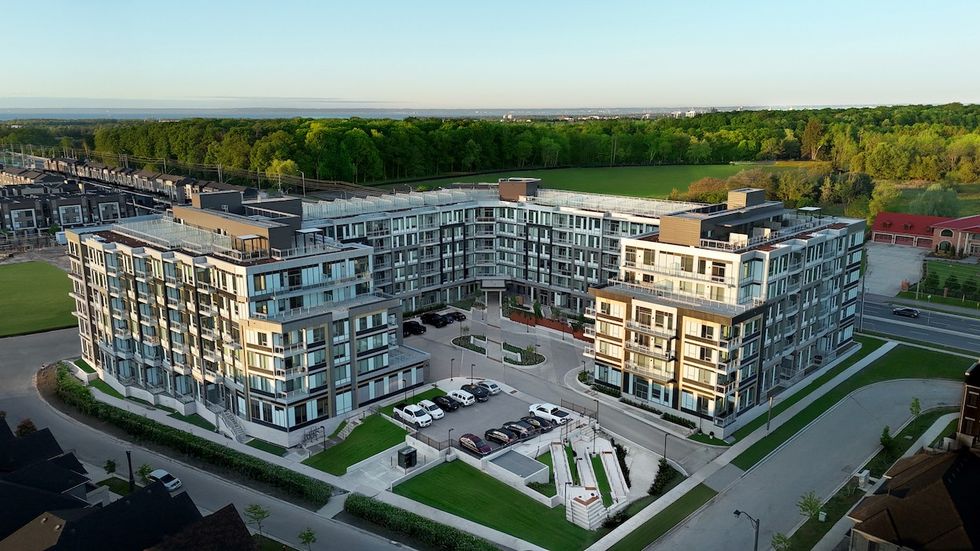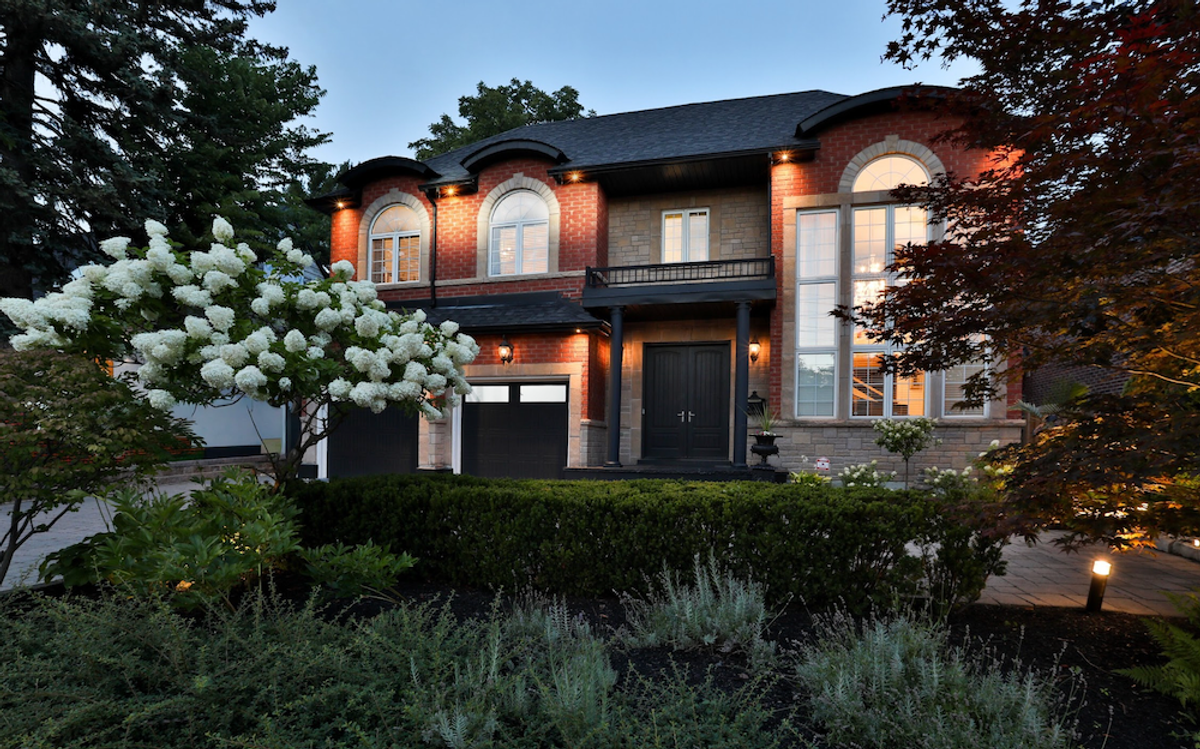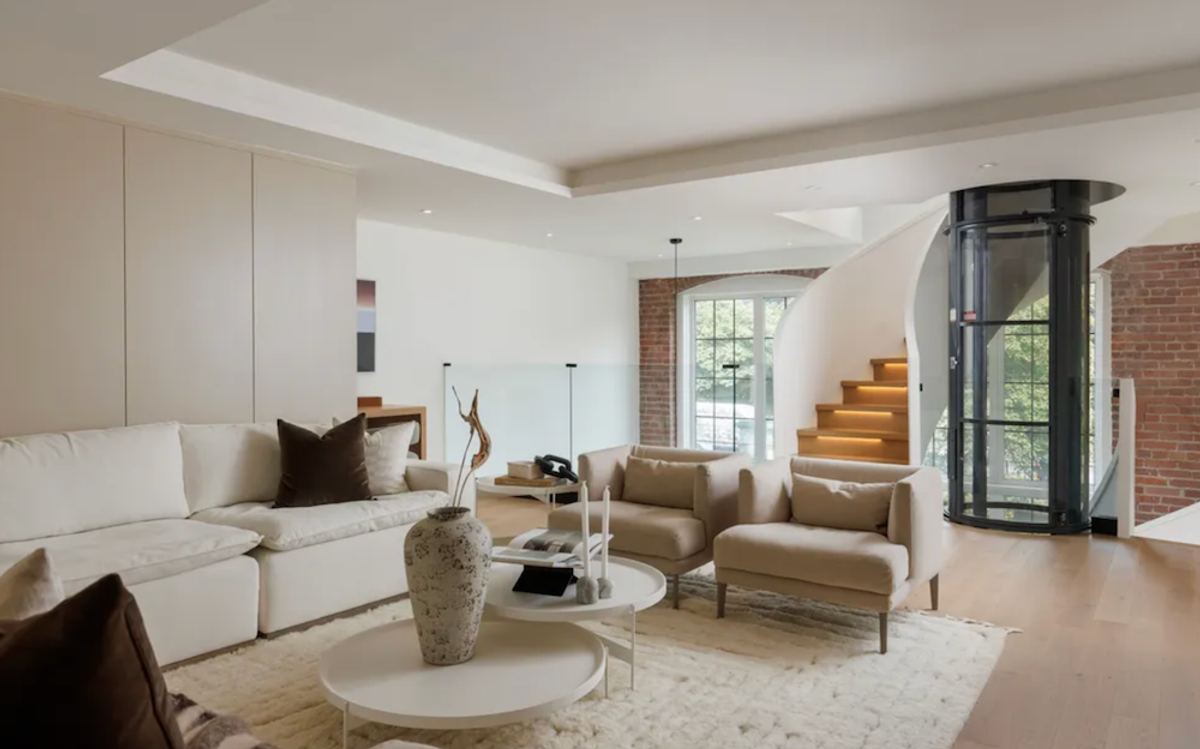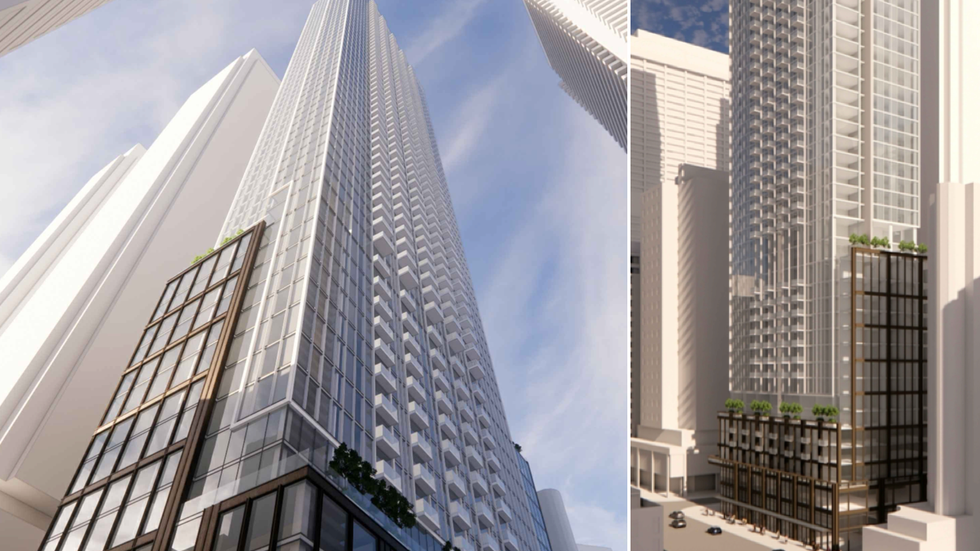As Toronto's Pride Month celebrations come to an end, it's a good time to take a look back on the historic catalyst for what has now become one of the biggest Pride celebrations in the world: the 1981 Toronto bathhouse raids.
Dubbed "Operation Soap" by Toronto police, the raids were carried out simultaneously on February 5, 1981, against four gay bathhouses in Toronto: Club Baths, Roman's II Health and Recreation Spa, Richmond Street Health Emporium, and The Barracks. Those who were inside the bathhouses at the time of the raids describe extremely destructive, aggressive, and discriminatory behaviour from police -- one officer even told the Toronto Star at the time that undercover officers all wore red dots on their shirts to show "who are the straights." Police entered the establishments, some carrying crowbars reportedly to break open lockers, and carried out "gratuitous" damage to the spaces, court documents alleged.
The raid and its preceding six-month investigation into what officers described as "indecent acts" and alleged sex work cost roughly $5M -- about $14M in today's dollars. With just under three hundred men arrested, it was, at the time, the largest mass arrest in Canada. And yet, most of the charges laid that night were eventually dropped or dismissed. A number of the bathhouse owners, however, were on the hook for tens of thousands of dollars in fines for violating Canada's "bawdy-house" law, which applied to any place being used for sex work or other "acts of indecency."
The day after the raid, more than 3,000 people staged a protest in the streets of Toronto, denouncing police actions -- something many consider to be the Canadian equivalent of New York City's Stonewall riots. This was see as a turning point for the gay community in Toronto, and laid the foundation for the City's Pride Week and other celebratory events we get to enjoy today.
The sites of the four bathhouses are full of history, but with only some still standing, they're easy to miss. Here's a breakdown of where each of the four raided bathhouses once operated, and what occupies those spaces today.
Club Baths
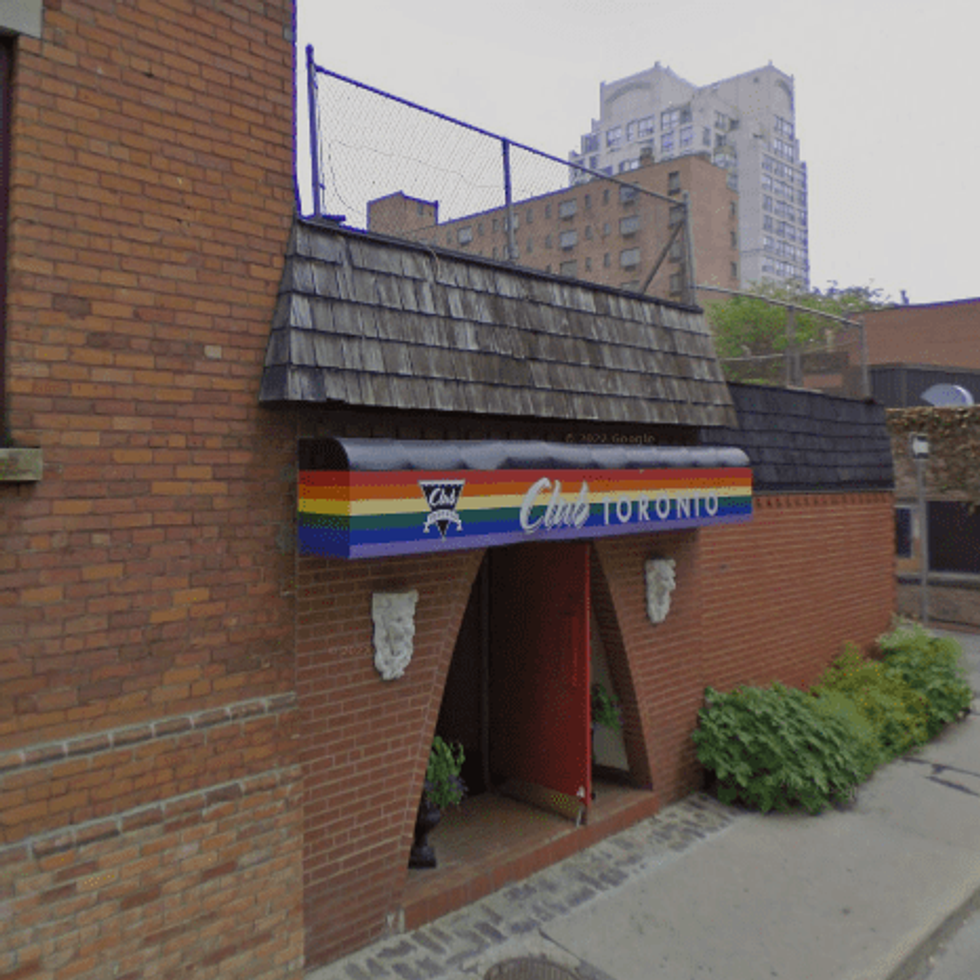
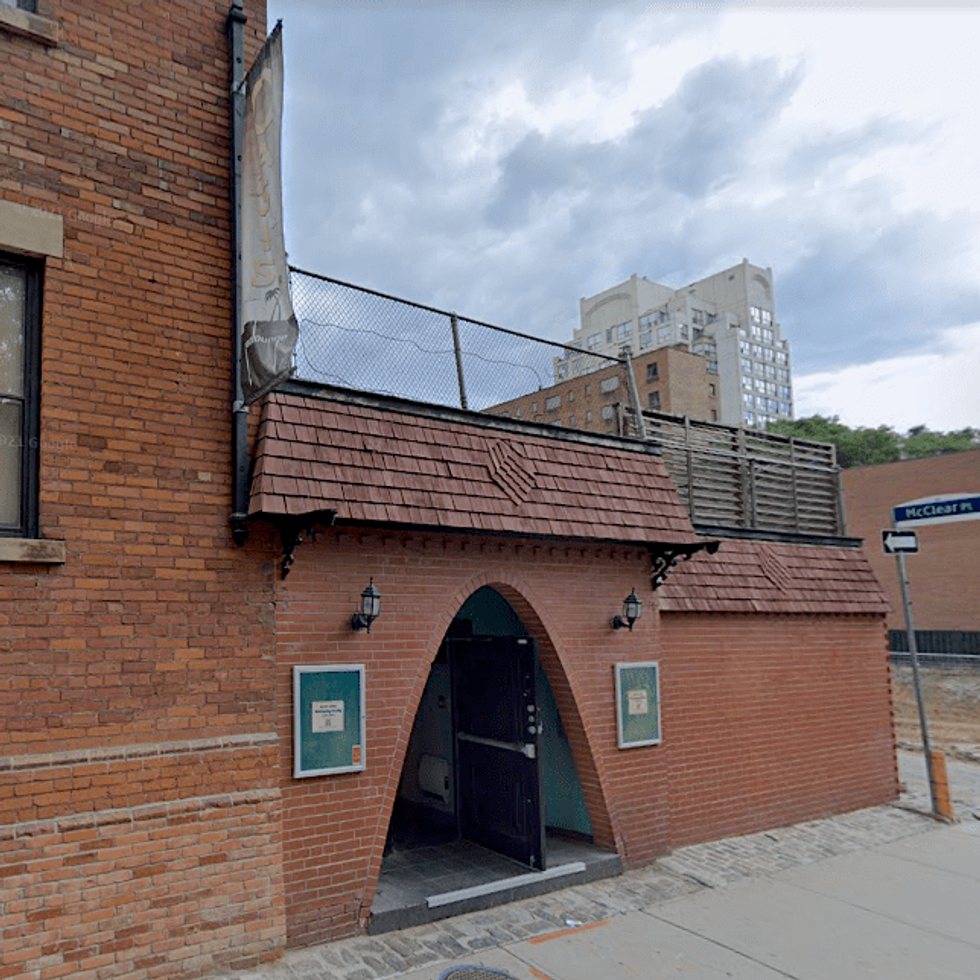
- Address: 231 Mutual Street
- Still Standing?: Yes
Toronto's Club Baths, also known as The Club, was just one part of a chain of bathhouses across the US and Canada. It opened in the summer of 1973 inside a now-135-year-old, four-storey building on Mutual Street, comprised of two halves of a semi-detached build. Inside, like most bathhouses, a number of small 5x10-ft rooms were spread throughout the space. Although called "bathhouses," not all of these meeting spots contained actual baths or water amenities of any kind, but The Club had a steam room, sauna, and whirlpool for its patrons to use, and was open 24 hours a day.
Following the 1981 raid, Club Baths Directors Jerry Levy and Rick Stenhouse filed a suit in small claims court for damage caused by the police, reportedly unable to handle the financial strain of a full lawsuit, according to a June 1981 issue of The Body Politic. Despite the damages, The Club was able to reopen after the raid and stayed operational until 2010.
The 231 Mutual Street building is still standing today and is home to a similar business: Oasis Aqualounge, "a sexually progressive social lounge."
Roman's II Health and Recreation Spa
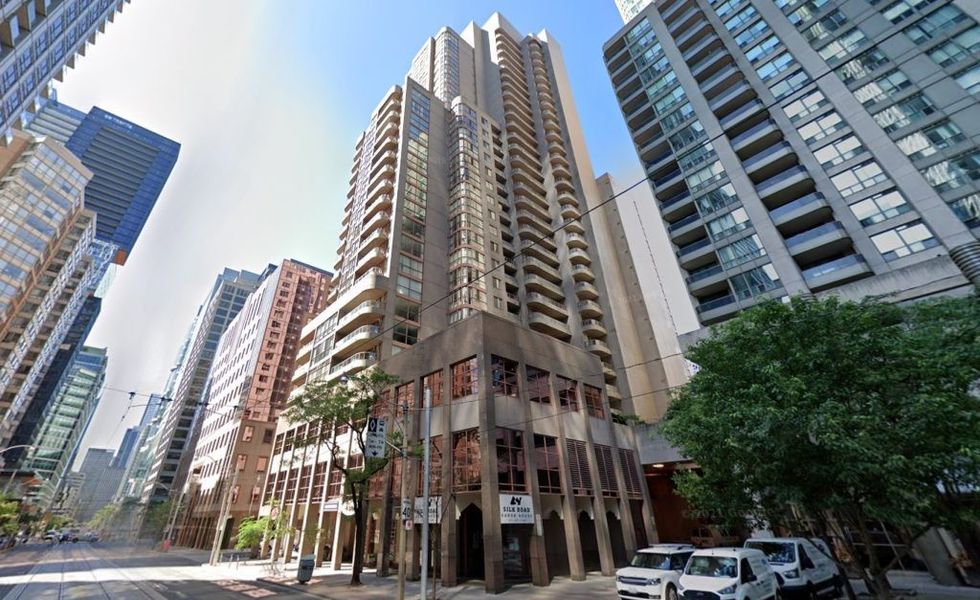
- Address: 742 Bay Street
- Still Standing?: No
Initially opened as the Roman Sauna Baths in 1964, it was, at the time, one of the biggest and most modern bathhouses in the country. After a fire in 1977, the space, which was located in the heart of downtown Toronto, on Bay just south of College Street, was renovated and expanded and reopened as Roman's II Health and Recreation spa. According to advertisements from the time, the facility was jam-packed with amenities, home to a massage room, gymnasium, solarium, reading and TV lounges, two saunas, a canteen, rooftop sun deck, and 174 "roomettes."
Despite sustaining an estimated $16K in damage during the raids, Roman's II was able to remain open for many years afterwards, but the bathhouse finally closed its doors in May 1989. In the early '90s, it was replaced by the Conservatory Tower, a concrete condo building rising 30-storeys, which still occupies the site today.
Richmond Street Health Emporium

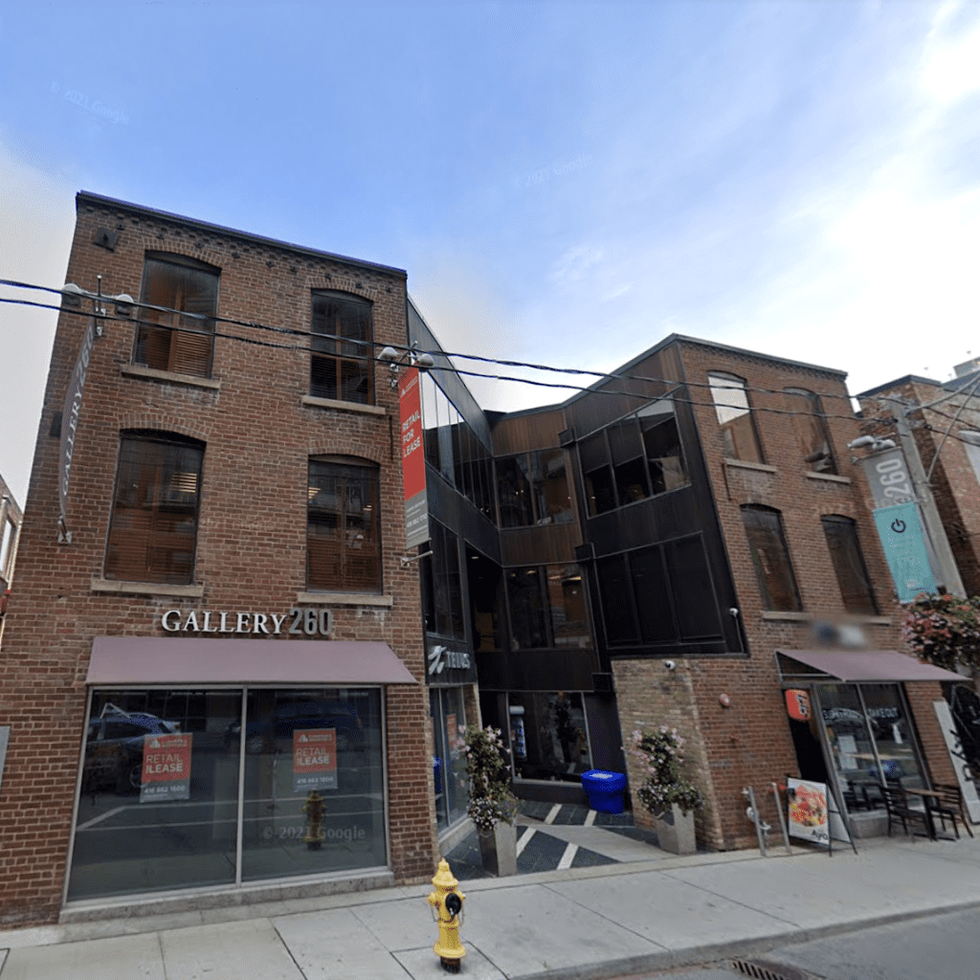
- Address: 260 Richmond Street East
- Still Standing?: Yes
Sat just west of Sherbourne Street, the 1908-built brick building that once housed the Richmond Street Health Emporium is still standing, but the bathhouse business is long gone.
Peter Bochove, the President and Co-Founder of Richmond Street Health Emporium, described the space in a 2016 interview as being three storeys and open in the middle, so that you can see from one floor to the other, with a pool, 104 rooms, and a lounge. During the raid, police caused so much damage to the bathhouse that the business was unable to recover and had to close up shop almost immediately. Bochove describes officers smashing drywall, breaking glass, removing the cigarette machine from the lounge and throwing it into the swimming pool, and even smashing up marble in the showers. Of the 104 rooms, Bochove says only three came out unscathed.
The business, which owned the building at the time, was unable to renew its half-a-million-dollar mortgage, with a near $100K in damages to the building being a major factor. But in the three weeks between the raid and having to let go of the bathhouse, Bochove says they let as many people tour the building as possible to see what the police had done.
Today, the Richmond Street East building is still standing and is home to a variety of businesses, including an art gallery, cafe, and Telus store.
The Barracks
- Address: 56 Widmer Street
- Still Standing?: No
Located inside an unassuming two-storey semi-detached building just south of Richmond Street West, The Barracks opened as a bathhouse in the mid-'70s after a group of men, including future City Councillor and gay activist George Hislop, purchased and renovated the Widmer Street property.
According to court documents, The Barracks had no saunas or steam rooms, but did have a bathtub, and the space was outfitted with "numerous small rooms." Interestingly, 1981 wasn't the first time The Barracks had been raided -- there was another raid just a few years before in 1978. After each raid, the bathhouse was able to reopen for business, despite severe damage. In court records following the 1981 raid, Hislop describes plaster walls smashed in to the point "you could practically walk through it," whole frames knocked out of doors, and stereo speakers ripped from the ceiling. Representation for the City's police at the time called those claims "vastly exaggerated."
It wasn't until 2005 that The Barracks shut down, and now, the site is almost unrecognizable. The semi-detached building was torn down in 2017, and construction of a 47-storey condo tower from developer Concord Adex is well underway. Once it's complete, the site (along with neighbouring properties used as part of the development) will be home to 426 new residential units and will collectively have a new address of 38 Widmer Street.
